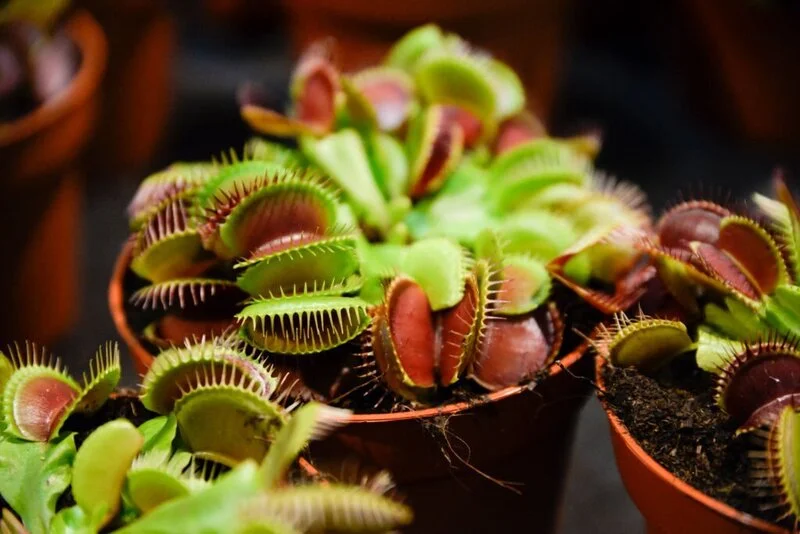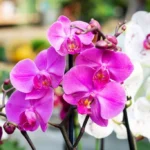Have you ever stared at a Venus Flytrap, fascinated by its otherworldly look and carnivorous diet? These exotic plants have an uncanny ability to spark our creativity. Perhaps you’ve wondered if a Venus Flytrap is able to consume gnats. We need to investigate the intriguing world of the Venus Flytrap and learn about its prospective prey, the gnat, before we can provide a satisfactory solution to this topic.
Understanding the Venus Flytrap
One of the few carnivorous plants is the Venus Flytrap, or Dionaea muscipula in scientific terms. Venus Flytraps are endemic to the moist, subtropical areas of the East Coast of the United States, where they have adapted to survive on poor soil by sucking the blood of unsuspecting insects.
The distinctive leaves “jaws” of this unique plant are coated with minuscule trigger hairs, serving as specialized capturing mechanisms. An insect like a fly or spider that brushes up against these hairs will cause the trap to close instantly. To receive the nutrients the plant needs that it can’t find in the soil, the plant then releases enzymes to breakdown the bug.
The Gnat – A Potential Prey?
Let’s talk about gnats, those tiny fliers that are literally everywhere. These little insects have a reputation for swarming and being drawn to damp areas, leading to their frequent misidentification as mosquitoes. They tend to populate homes with over-watered plants, ripe fruit, or uncovered containers of food.
Due to their small size and ability to fly, gnats appear to be an ideal food source for Venus Flytraps. They are the right size to fit within the trap, and their erratic flight patterns make them easy targets. What about a gnat? Would a Venus Flytrap eat a gnat? We’ll start answering this intriguing question in the following part.
Do Venus Flytraps Eat Gnats?
As far as Venus Flytraps are concerned, the answer is an emphatic yes; they do, in fact, consume gnats. These carnivorous plants will consume just about anything. The digestive process begins when a gnat accidentally brushes across the trigger hairs inside the trap. Gnats are the ideal prey size for Venus Flytraps. Next, we’ll discuss how your little green carnivore might aid with gnats.
The Benefit of Venus Flytraps in Controlling Gnat Populations
When placed inside, a Venus Flytrap can be an efficient and all-natural answer to a gnat problem. Consider putting a Venus Flytrap near your plants or in your greenhouse if gnats are a problem. You’ll have something beautiful to look at, and it could even help reduce the number of annoying gnats about.
Keep in mind, nevertheless, that Venus Flytraps require unique attention. They need lots of light, lots of moisture, and nutrient-poor soil. Make sure your Venus Flytrap has all it needs to thrive and eat gnats.
Conclusion
The Venus Flytrap is unique among carnivorous plants because to its unusual food and trapping method. Gnats are small enough that the Venus Flytrap might be able to fit one in its trap. Even though these plants won’t eliminate a serious gnat problem totally, they can help. If you hear a gnat buzzing around, keep in mind that some plants would be delighted to make short work of that pest. Isn’t it amazing how fascinating nature is?


